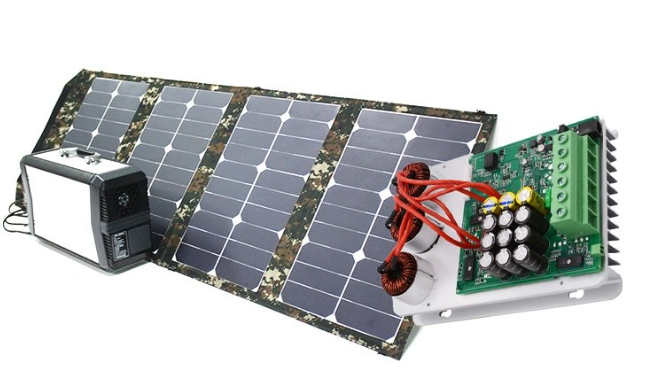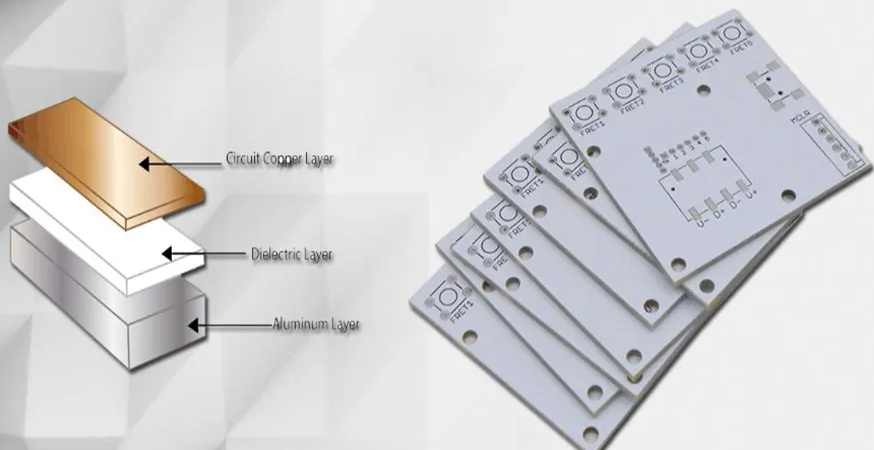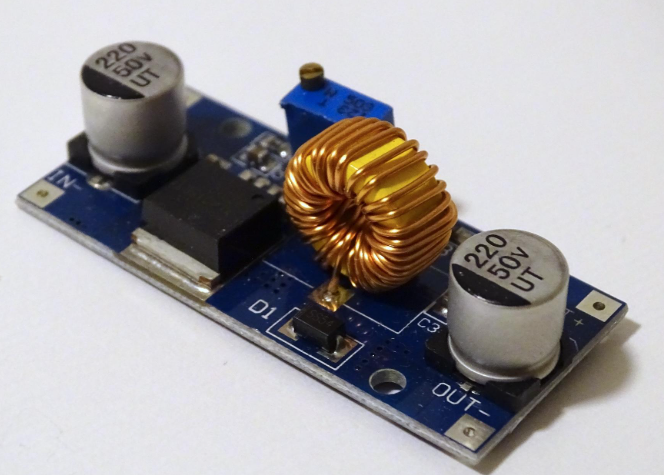Are you looking to select the best substrate for your solar PCB to ensure optimal performance? Choosing the right material is crucial for efficiency, durability, and thermal management in solar energy applications. In this comprehensive guide, we’ll explore solar PCB substrate materials, including FR-4 solar PCB, aluminum PCB solar panel options, polyimide flexible solar PCB, and the importance of thermal conductivity in PCB materials for solar projects. Let’s dive into the details to help you make an informed decision for your next solar design.
Why Solar PCB Substrate Materials Matter
Solar printed circuit boards (PCBs) are the backbone of solar energy systems, controlling power distribution, monitoring performance, and ensuring reliability. The substrate material you choose directly impacts the PCB’s ability to handle heat, maintain structural integrity, and perform under harsh environmental conditions. Whether you’re designing for a small residential solar panel or a large-scale solar farm, selecting the right material can mean the difference between a system that lasts for decades and one that fails prematurely.
In this blog, we’ll break down the most common solar PCB substrate materials, their properties, and how they suit different solar applications. Our goal is to provide actionable insights for engineers and designers working on solar projects.

Understanding Solar PCB Substrate Materials
The substrate is the foundation of any PCB, providing mechanical support and insulation between conductive layers. For solar applications, substrates must withstand temperature fluctuations, humidity, and UV exposure while ensuring efficient heat dissipation. Let’s explore the key materials used in solar PCBs and their unique characteristics.
1. FR-4 Solar PCB: The Standard Choice
FR-4 is one of the most widely used substrate materials for PCBs, including those in solar applications. Made from woven fiberglass cloth with an epoxy resin binder, FR-4 is known for its balance of cost, performance, and availability. It’s a flame-retardant material (hence the "FR" designation) that meets basic safety standards.
Key Properties of FR-4 for Solar PCBs:
- Thermal Conductivity: Around 0.3 W/m·K, which is relatively low, making it less ideal for high-heat solar applications without additional heat sinks.
- Temperature Resistance: Typically withstands up to 130°C, suitable for moderate climates but may struggle in extreme heat.
- Cost: Highly affordable, often costing 30-50% less than specialized materials.
- Applications: Best for low-to-medium power solar controllers and monitoring systems where heat dissipation isn’t a critical concern.
While FR-4 solar PCBs are a popular choice due to their cost-effectiveness, they may not be suitable for high-power solar inverters or environments with significant thermal stress. Engineers often pair FR-4 with thermal vias or external cooling solutions to improve performance in solar setups.
2. Aluminum PCB Solar Panel: Superior Heat Management
Aluminum PCBs, also known as metal core PCBs (MCPCBs), are a go-to option for solar applications requiring excellent thermal management. These boards feature a metal base layer, usually aluminum, which acts as a heat sink to dissipate heat away from critical components.
Key Properties of Aluminum PCBs for Solar Panels:
- Thermal Conductivity: Ranges from 1 to 2 W/m·K, significantly higher than FR-4, making it ideal for high-power solar inverters and charge controllers.
- Temperature Resistance: Can handle temperatures up to 150°C or more, depending on the dielectric layer.
- Cost: More expensive than FR-4, often 2-3 times the price, but worth it for heat-intensive designs.
- Applications: Commonly used in solar panel systems with high current loads, such as grid-tied inverters and battery management systems.
Aluminum PCB solar panels excel in outdoor environments where solar equipment is exposed to direct sunlight and high ambient temperatures. Their ability to manage heat reduces the risk of component failure, extending the lifespan of solar systems.

3. Polyimide Flexible Solar PCB: Adapting to Unique Designs
Polyimide is a high-performance polymer used in flexible and rigid-flex PCBs. For solar applications, polyimide flexible solar PCBs offer unique advantages, especially in designs where space constraints or irregular shapes are a factor. These substrates are lightweight and can bend without breaking, making them ideal for innovative solar products.
Key Properties of Polyimide for Solar PCBs:
- Thermal Conductivity: Around 0.2 W/m·K, lower than aluminum but sufficient for low-power flexible designs.
- Temperature Resistance: Exceptional, withstanding temperatures from -200°C to 300°C, perfect for extreme environments.
- Cost: Significantly higher than FR-4, often 3-5 times more expensive due to specialized manufacturing.
- Applications: Used in portable solar chargers, wearable solar devices, and curved solar panel integrations.
Polyimide flexible solar PCBs are a game-changer for modern solar technology, enabling lightweight, compact designs without sacrificing durability. They’re particularly useful in experimental or niche solar applications where traditional rigid boards won’t fit.
4. Other High-Performance Materials: Ceramics and PTFE
Beyond FR-4, aluminum, and polyimide, other materials like ceramics and PTFE (polytetrafluoroethylene) are sometimes used in specialized solar PCBs. Ceramic substrates offer outstanding thermal conductivity (up to 170 W/m·K for aluminum nitride) and can handle extreme temperatures, but they are costly and brittle. PTFE, on the other hand, provides excellent electrical insulation and low signal loss, making it suitable for high-frequency solar monitoring systems, though it’s less common due to its high cost.
These materials are typically reserved for niche or high-end solar projects where standard substrates fall short. For most engineers, balancing performance and cost will lead back to FR-4, aluminum, or polyimide.
Thermal Conductivity in PCB Materials for Solar Applications
Thermal conductivity is a critical factor when selecting a PCB material for solar projects. Solar systems often operate in high-temperature environments, and poor heat dissipation can lead to reduced efficiency, component damage, or system failure. Let’s take a closer look at why thermal conductivity in PCB materials for solar designs matters and how it influences material choice.
Why Thermal Conductivity Matters:
- Efficiency: High temperatures can cause power losses in solar inverters and controllers. Materials with better thermal conductivity (like aluminum) help maintain performance by keeping components cool.
- Lifespan: Excessive heat accelerates wear on electronic components. For instance, a 10°C increase in operating temperature can halve the lifespan of some capacitors.
- Safety: Overheating poses a fire risk, especially in enclosed solar equipment. Proper heat management through substrate choice minimizes this hazard.
When prioritizing thermal conductivity in PCB materials for solar applications, aluminum stands out as the practical choice for high-power systems. However, for low-power or cost-sensitive projects, FR-4 with added thermal management solutions (like heat sinks or vias) can still work effectively.

How to Choose the Right Solar PCB Substrate Material
Selecting the ideal substrate for your solar PCB involves evaluating several factors based on your project’s specific needs. Here’s a step-by-step approach to guide your decision:
- Assess Power Requirements: High-power solar systems (e.g., inverters handling over 1 kW) need materials with high thermal conductivity like aluminum. Low-power systems (e.g., small monitoring circuits) can use FR-4.
- Consider Environmental Conditions: If your solar equipment will face extreme heat, cold, or humidity, prioritize materials like polyimide or aluminum that offer better temperature resistance.
- Evaluate Space and Design Constraints: For compact or curved designs, a polyimide flexible solar PCB might be the only viable option.
- Balance Cost and Performance: While high-performance materials improve reliability, they come at a premium. Determine if the added cost justifies the benefits for your application.
- Test for Compatibility: Ensure the substrate material supports the components and manufacturing processes you plan to use. For example, some flexible materials may require specialized soldering techniques.
By carefully weighing these factors, you can narrow down your options and select a substrate that optimizes both performance and cost for your solar project.
Practical Examples of Solar PCB Material Applications
To illustrate how substrate choice impacts real-world solar designs, let’s look at a few examples:
- Residential Solar Inverter: A typical 5 kW inverter generates significant heat during operation. An aluminum PCB solar panel design helps dissipate this heat, maintaining efficiency above 95% and extending component life beyond 10 years.
- Portable Solar Charger: For a lightweight, foldable solar charger, a polyimide flexible solar PCB allows the board to conform to the charger’s shape while withstanding outdoor conditions with temperatures ranging from -10°C to 50°C.
- Solar Monitoring System: In a low-power monitoring circuit for a solar farm, an FR-4 solar PCB provides a cost-effective solution, handling currents below 1 A with minimal heat buildup.
These examples highlight how different solar PCB substrate materials cater to specific needs, ensuring reliability and performance across diverse applications.
Future Trends in Solar PCB Materials
As solar technology advances, so do the materials used in PCB design. Emerging trends include the development of eco-friendly substrates that reduce environmental impact without compromising performance. Additionally, innovations in composite materials aim to combine the thermal benefits of aluminum with the flexibility of polyimide, offering hybrid solutions for next-generation solar systems.
Another area of growth is the integration of IoT (Internet of Things) into solar PCBs, requiring substrates that support high-frequency signals with minimal loss. Materials like PTFE may become more common as smart solar systems gain traction.
Conclusion: Making the Right Choice for Your Solar PCB
Choosing the right substrate for your solar PCB is a critical decision that affects the efficiency, durability, and cost of your solar energy system. Whether you opt for the affordability of an FR-4 solar PCB, the heat dissipation of an aluminum PCB solar panel, or the adaptability of a polyimide flexible solar PCB, understanding the properties and applications of each material is key. Prioritizing thermal conductivity in PCB materials for solar projects ensures long-term reliability, especially in challenging environments.
At ALLPCB, we’re committed to helping engineers and designers bring their solar projects to life with high-quality PCB solutions. By considering your project’s power needs, environmental conditions, and design constraints, you can select a substrate that delivers optimal performance. Let this guide serve as your starting point for building efficient, sustainable solar systems that power the future.
 ALLPCB
ALLPCB







